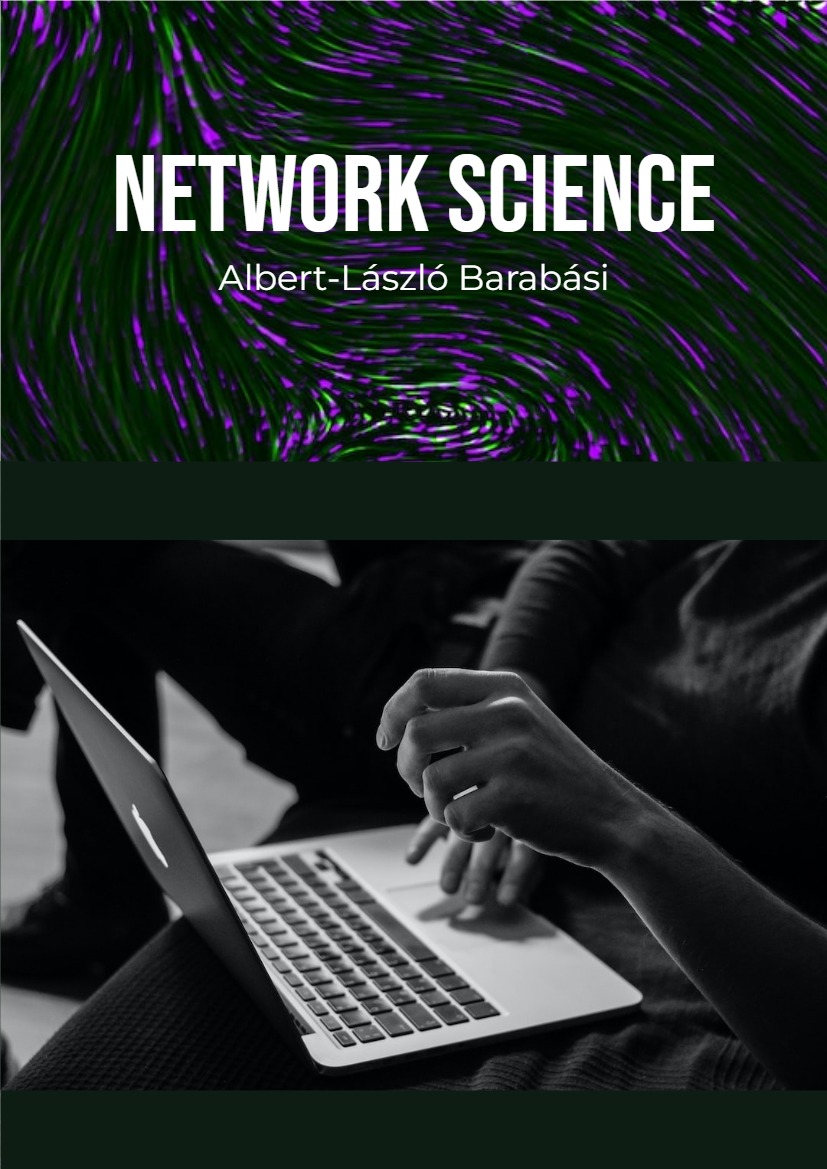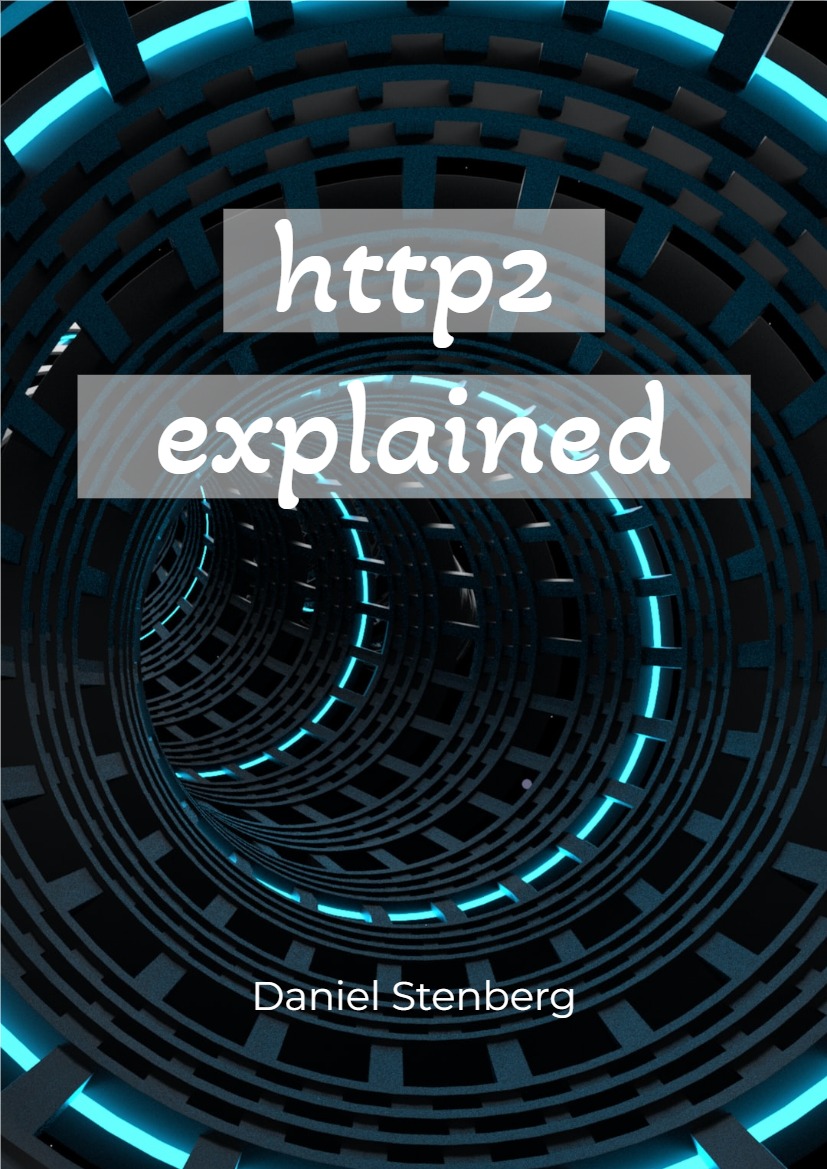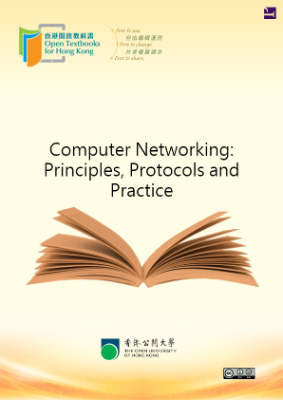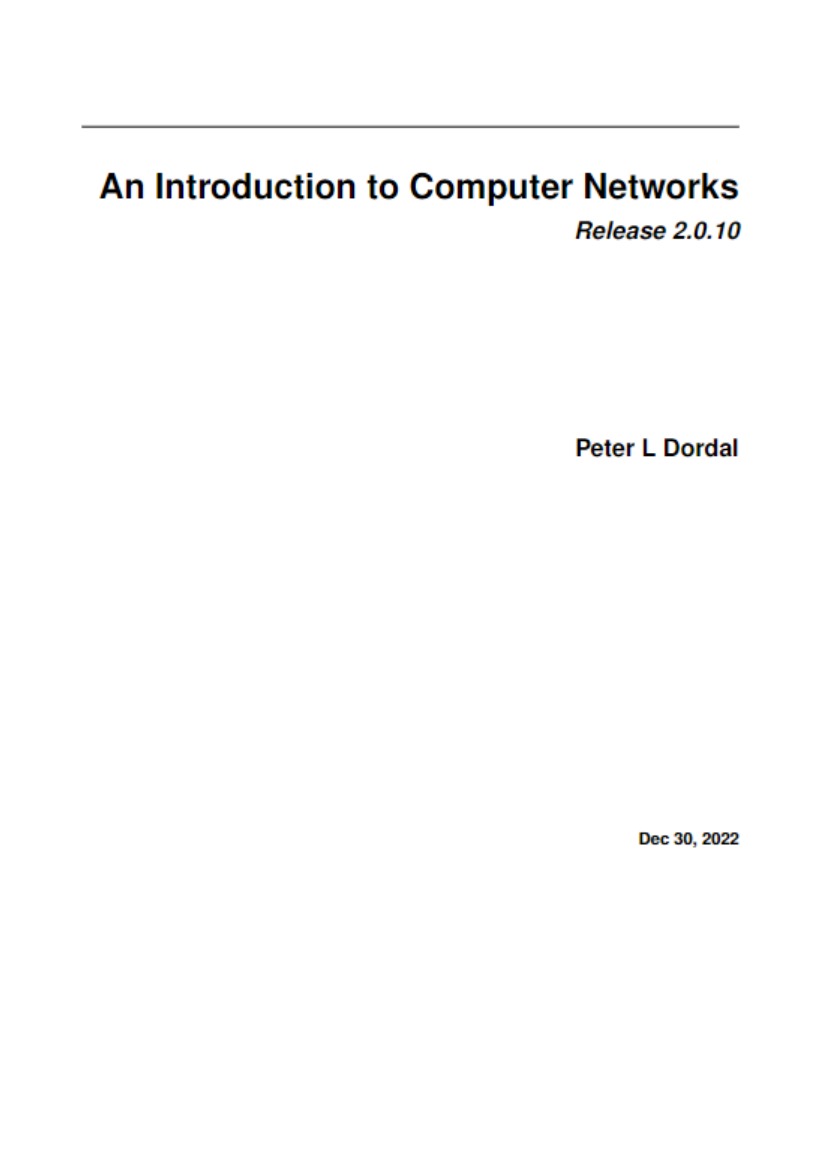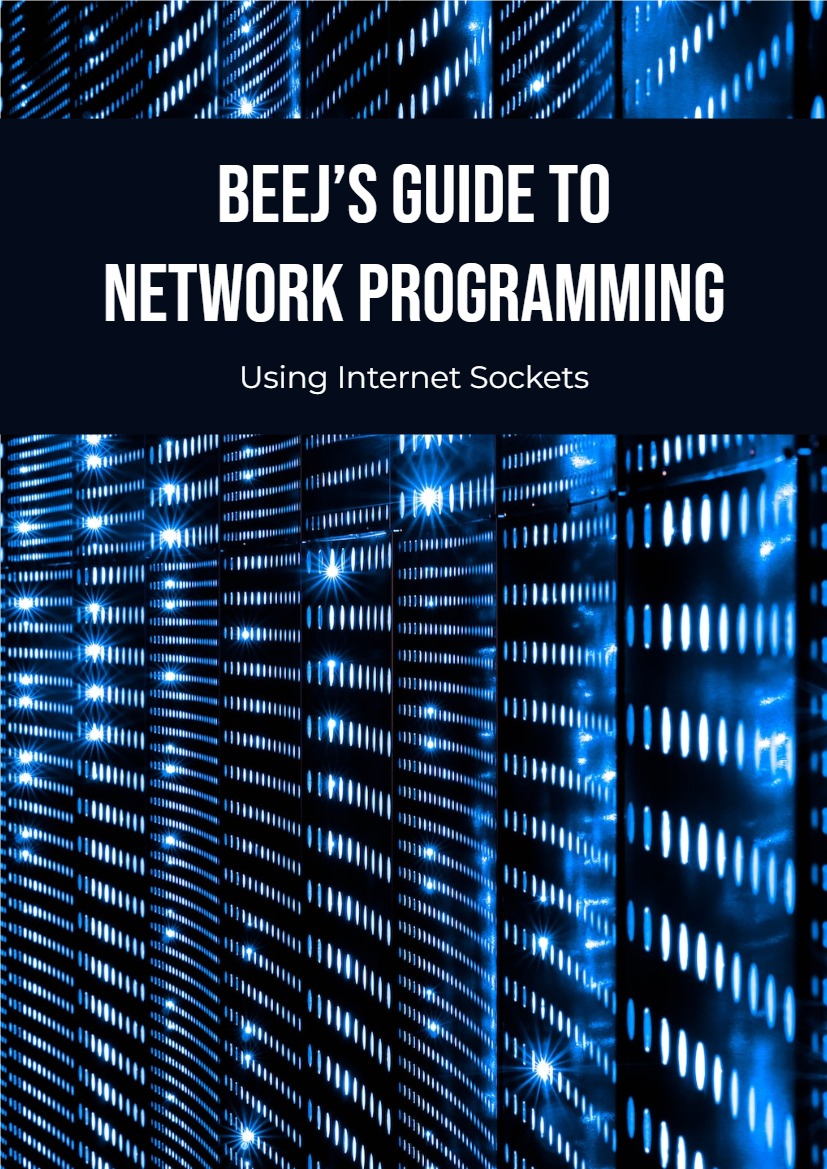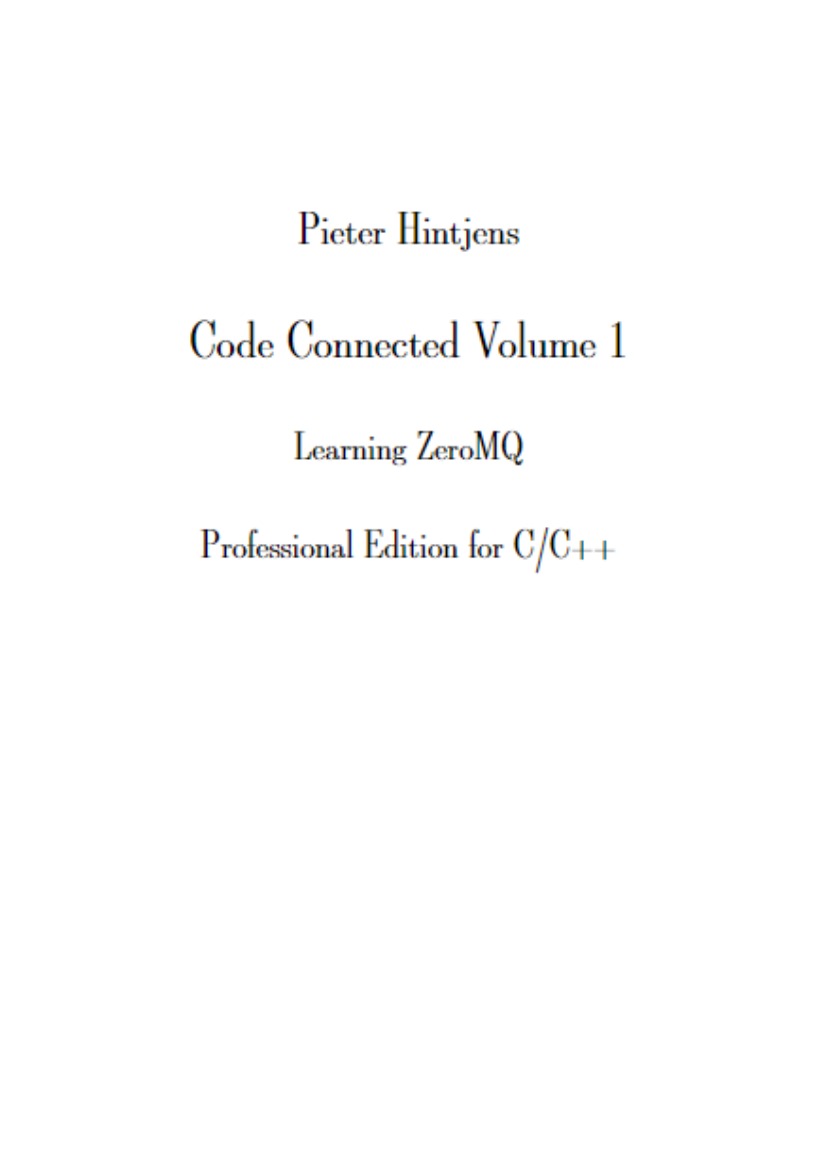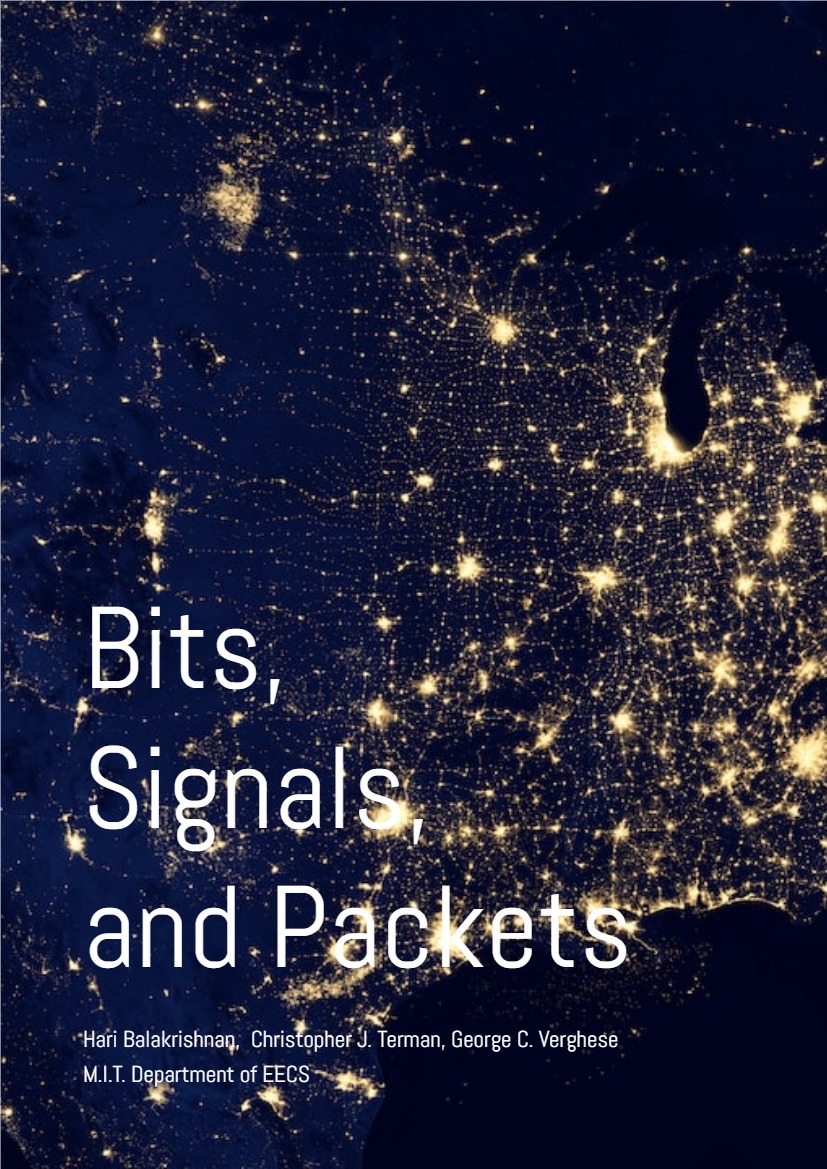Chapter 1 – Network Science by Albert-László Barabási
Section 1.1 Vulnerability Due to Interconnectivity
At a first glance the two satellite images of Image 1.1 are indistinguishable, showing lights shining brightly in highly populated areas and dark spaces that mark vast uninhabited forests and oceans. Yet, upon closer inspection we notice differences: Toronto, Detroit, Cleveland, Columbus and Long Island, bright and shining in (a), have have gone dark in (b). This is not a doctored shot from the next Armageddon movie but represents a real image of the US Northeast on August 14, 2003, before and after the blackout that left without power an estimated 45 million people in eight US states and another 10 million in Ontario.
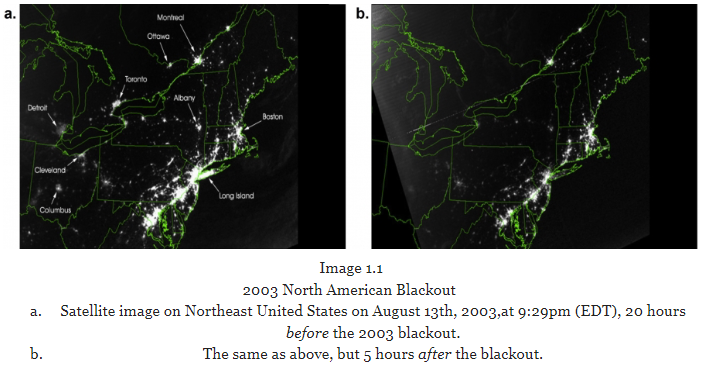
The 2003 blackout is a typical example of a cascading failure. When a network acts as a transportation system, a local failure shifts loads to other nodes. If the extra load is negligible, the system can seamlessly absorb it, and the failure goes unnoticed. If, however, the extra load is too much for the neighboring nodes, they will too tip and redistribute the load to their neighbors. In no time, we are faced with a cascading event, whose magnitude depends on the position and the capacity of the nodes that failed initially.
Cascading failures have been observed in many complex systems. They take place on the Internet, when traffic is rerouted to bypass malfunctioning routers. This routine operation can occasionally create denial of service attacks, which make fully functional routers unavailable by overwhelming them with traffic. We witness cascading events in financial systems, like in 1997, when the International Monetary Fund pressured the central banks of several Pacific nations to limit their credit, which defaulted multiple corporations, eventually resulting in stock market crashes worldwide. The 2009-2011 financial meltdown is often seen as a classic example of a cascading failure, the US credit crisis paralyzing the economy of the globe, leaving behind scores of failed banks, corporations, and even bankrupt states. Cascading failures can be also induced artificially. An example is the worldwide effort to dry up the money supply of terrorist organizations, aimed at crippling their ability to function. Similarly, cancer researchers aim to induce cascading failures in our cells to kill cancer cells.
The Northeast blackout illustrates several important themes of this book: First, to avoid damaging cascades, we must understand the structure of the network on which the cascade propagates. Second, we must be able to model the dynamical processes taking place on these networks, like the flow of electricity. Finally, we need to uncover how the interplay between the network structure and dynamics affects the robustness of the whole system. Although cascading failures may appear random and unpredictable, they follow reproducible laws that can be quantified and even predicted using the tools of network science.
The blackout also illustrates a bigger theme: vulnerability due to interconnectivity. Indeed, in the early years of electric power each city had its own generators and electric network. Electricity cannot be stored, however: Once produced, electricity must be immediately consumed. It made economic sense, therefore, to link neighboring cities up, allowing them to share the extra production and borrow electricity if needed. We owe the low price of electricity today to the power grid, the network that emerged through these pairwise connections, linking all producers and consumers into a single network. It allows cheaply produced power to be instantly transported anywhere. Electricity hence offers a wonderful example of the huge positive impact networks have on our life.
Being part of a network has its catch, however: local failures, like the breaking of a fuse somewhere in Ohio, may not stay local any longer. Their impact can travel along the network’s links and affect other nodes, consumers and individuals apparently removed from the original problem. In general interconnectivity induces a remarkable non-locality: It allows information, memes, business practices, power, energy, and viruses to spread on their respective social or technological networks, reaching us, no matter our distance from the source. Hence networks carry both benefits and vulnerabilities. Uncovering the factors that can enhance the spread of traits deemed positive, and limit others that make networks weak or vulnerable, is one of the goals of this book.
